Danielson hopes to resolve doping case and race next year
American tells Cyclingnews he hopes to make an announcement in coming months
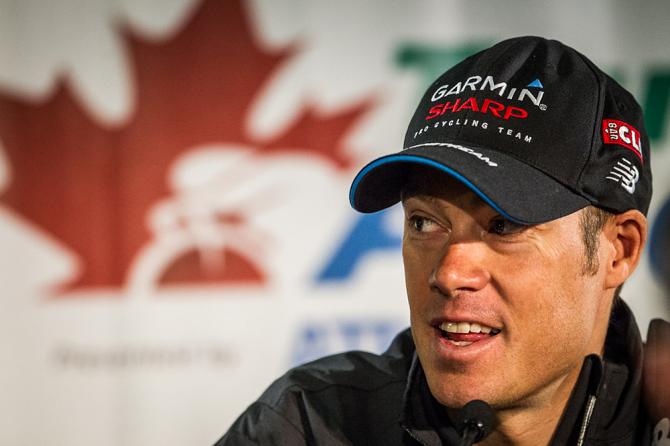
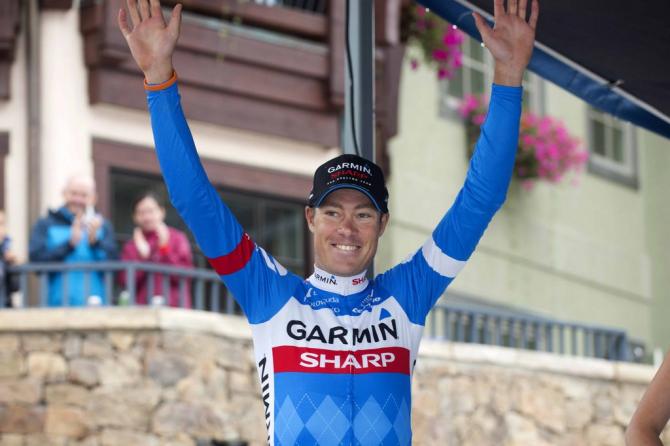
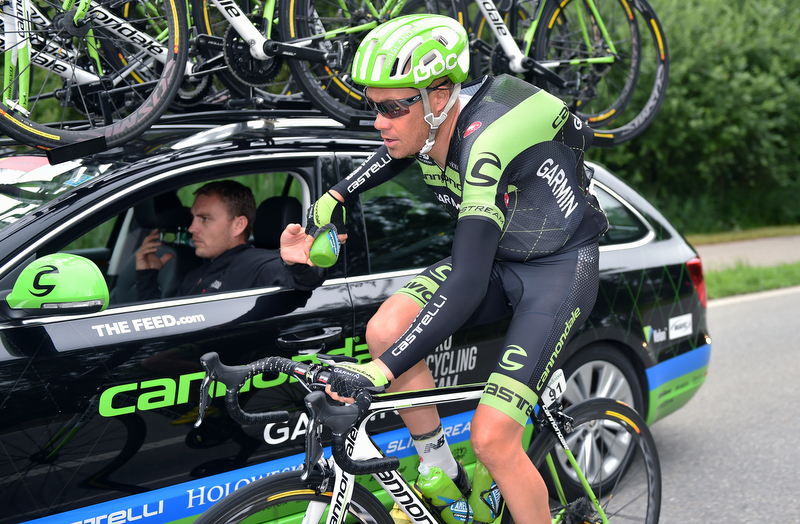
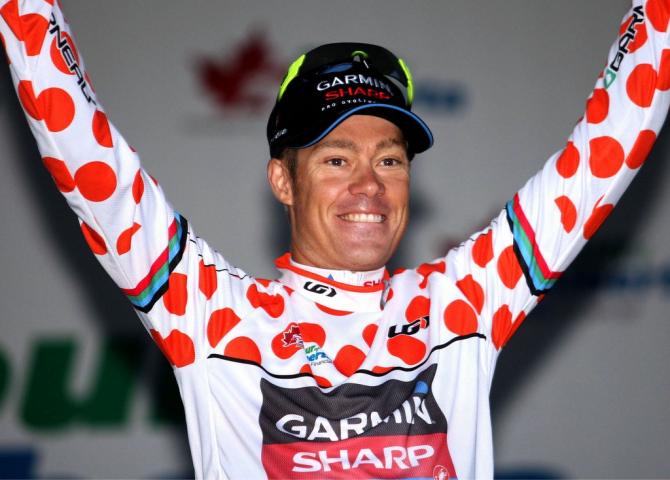
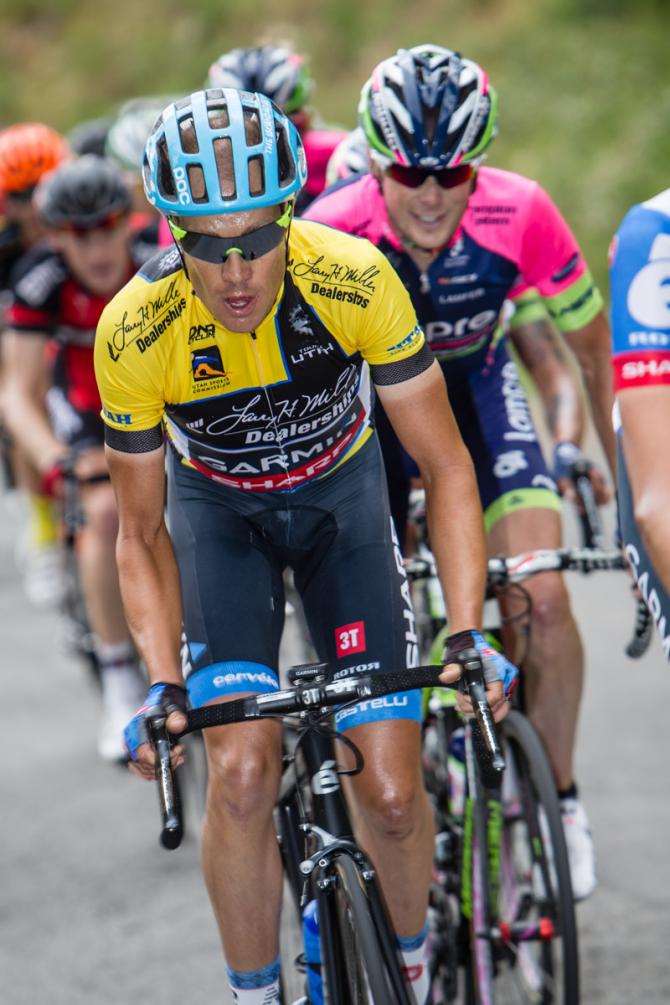
Tom Danielson has told Cyclingnews he is hoping to resolve his doping case in the coming months and return to racing next year.
Danielson announced just before the start of the Tour of Utah on August 3 that he had been informed by USADA that an out-of-competition test taken on July 9 had tested positive "for, from what I understand, synthetic testosteron (sic)". The actual substance detected in his sample has not yet been confirmed either by USADA or Danielson, who did not want to disclose anything further.
In his string of Twitter comments in August, Danielson vehemently denied intentionally taking any doping substances, then vowed to have the supplements that he takes tested for contamination. "I feel incredibly hurt, frustrated, and angry by this. I don't understand how or why this happened and still can't even accept this is true," he wrote then. "I would never ever take anything like this especially after everything I have gone through the last years. This makes absolutely no sense."
Since then, there has been no announcement of the case from USADA, although an agency spokesperson informed several media outlets in early November that the B-sample confirmed the initial test result. Danielson has not yet been listed on the UCI's provisional suspension list, as would be the standard procedure for a positive case for a "non-specified" class of prohibited substances like anabolic agents, nor is he on the list of suspended riders.
The case does not appear to have been referred to the Cycling Anti-Doping Foundation Tribunal either. The CADF is intended to be the independent body that would adjudicate all pro cycling doping cases after January 1, 2015. Lloyd Mondory's case was the tribunal's first major decision by the CADF, but the rules allow for the matter to remain with USADA.
The case seems to be in limbo, with the media left to try to tease out what little details the various parties are willing to disclose. His Cannondale-Garmin team, meanwhile, did not extend his contract, leaving Danielson without many career options should he be successful in clearing his name.
Burden of proof
Get The Leadout Newsletter
The latest race content, interviews, features, reviews and expert buying guides, direct to your inbox!
Danielson has been facing a labyrinth of anti-doping rule scenarios. A conventional positive for an androgenic agent could result in a four-year ban under the 2015 rules. However, this ban would not apply if the rider could prove the positive came as a result of some unintentional ingestion of the drug, as in the case of a contaminated supplement. The maximum ban for unintentional use of a androgen is two years.
The possibility exists that Danielson's positive could have come from a contaminated supplement, since the unregulated dietary supplement industry is a minefield of deception and contamination. Anti-doping organisations have been repeatedly warning athletes of using supplements.
USADA created a website, Supplement411.org, to educate athletes and alert them to high-risk supplements. Last week, USADA issued a warning that certain supplements illegally contained drugs with steroid-like properties, known as Selective Androgen Receptor Modulators (SARMs), that aren't even on the market yet.
In the early years of the WADA code, athletes were given little leeway for ingesting prohibited substances unintentionally. Many served two-year bans for testing positive for the same substance for which athletes are now only given warnings. Even Alberto Contador's clenbuterol positive from the 2010 Tour de France resulted in a harsh punishment compared with his teammate Michael Rogers' similar test result three years later.
Possible outcomes
In previous versions of the rules, a positive for a steroid would not have been subject to a reduction. These days, the UCI rules provide specifically for contaminated supplements that allow the disciplinary panel to give a rider anything from a reprimand to a two-year ban.
However, even if Danielson could prove he took a contaminated supplement ("No Significant Fault or Negligence" in anti-doping rule terms), he is still subject to article 10.7 - "Multiple Violations" - because of his previous doping confession.
In 2012, Danielson admitted to doping during USADA's investigation of Lance Armstrong and the US Postal Service Team. He confessed to taking EPO, blood transfusions, cortisone and testosterone, but said he stopped doping in 2006. He admitted rule violations and was given six month ban.
The cascade of Anti-Doping Rules in this case is so complex that the UCI provides in the rule appendix an example that could be applied to Danielson's scenario.
The multiple violations clause applies because the two cases are distinct, but within a 10-year period. It states that the ban must be the greater of two scenarios: six months, twice the period of ineligibility for the first offence (in this case 12 months), or twice the ban for the second case if it was considered as a first positive (in this case, it could be a reprimand).
In this case, the ban would be 12 months, and the only reduction allowed in the UCI's rules for a second rule violation is for "Substantial Assistance".
However, there is one scenario that could get Danielson off the hook: Article 10.4 - "No Fault or Negligence". The burden of proof for this article is high: "for example where a Rider could prove that, despite all due care, he or she was sabotaged by a competitor", is the example given in the rule book.
If Danielson hopes to return to racing next year, then he would have to assembled irrefutable evidence of sabotage, or offer Substantial Assistance, which is defined as full disclosure of all credible information related to the anti-doping rule violation, and full cooperation with any investigation or adjudication related to it.

Laura Weislo has been with Cyclingnews since 2006 after making a switch from a career in science. As Managing Editor, she coordinates coverage for North American events and global news. As former elite-level road racer who dabbled in cyclo-cross and track, Laura has a passion for all three disciplines. When not working she likes to go camping and explore lesser traveled roads, paths and gravel tracks. Laura specialises in covering doping, anti-doping, UCI governance and performing data analysis.